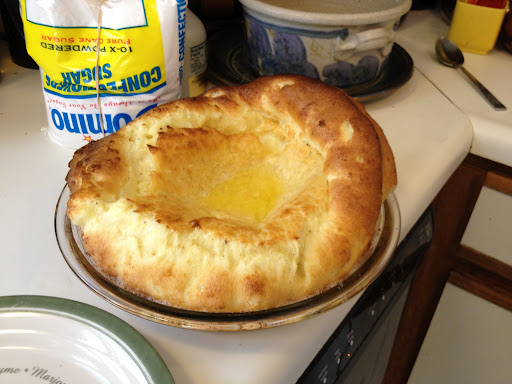I am OVER writing papers, y’all. I just counted and in the past year, I’ve written 39 papers. If all this paper writing has taught me anything, it’s that efficiency and organization is what gets you through it all without losing your mind.
Do you know how many amazing sources I’ve lost because I can’t remember where I wrote them down? Do you know how many times I find myself flipping through the Bluebook to figure out whether book titles are italicized or small caps (or neither??)? I know I’m not the only wishes they could just hyperlink everything and be done with it.
Over the past couple dozen papers, though, I’ve figured out a way to keep my thoughts straight(ish). Using some of my favorite media and google docs, I’m gonna teach you how I use spreadsheets to keep my ish in order. You can use this method for any citation format, but I’m going to teach you with APA because I’m not about to Bluebook something for fun. And while it seems like it’s all about citations, it’s really the best way I’ve discovered to keep my writing flow going.
1. Set up a spreadsheet for your sources
Spreadsheets are your friends. They organize tons of information with little effort on your part and that’s exactly what you need when you’re jumbling tons of dates, authors, links and — OH YEAH — trying to turn it into a coherent paper.




